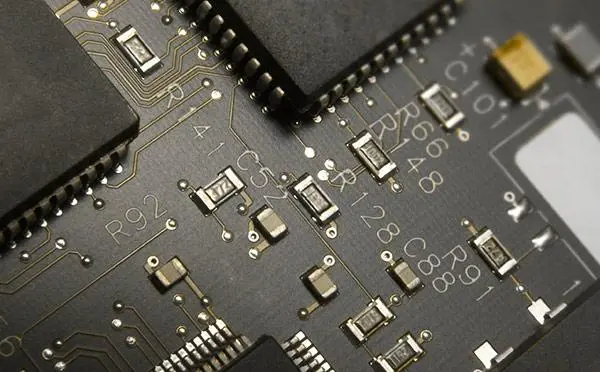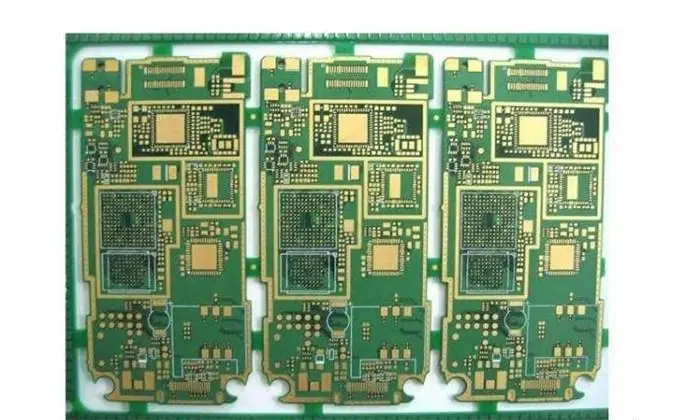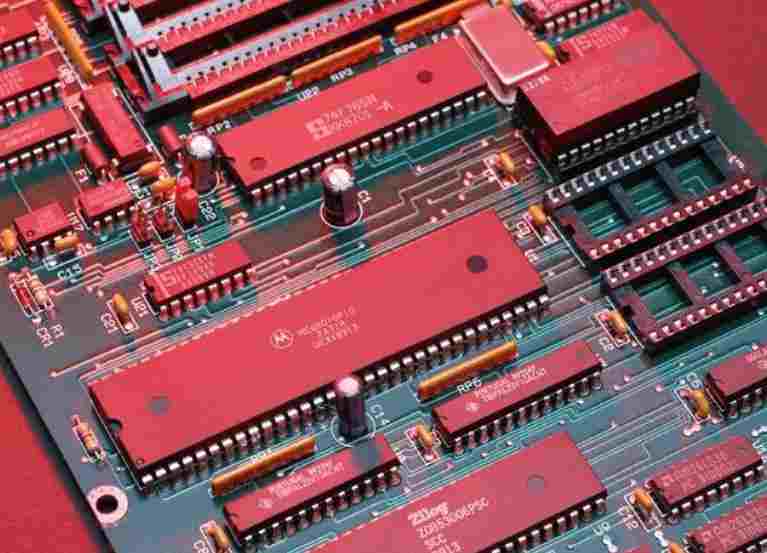
Different kinds of boards are required for Circuit board assembly and production, which are also the base materials for circuit board production. Different boards have different characteristics and uses, and the basic parameters of different boards are also different. There are also national and international standards for boards
PCB board knowledge and standards

At present, there are several types of CCL widely used in China, and their characteristics are as follows: types of CCL, knowledge of CCL, and classification methods of CCL. Generally, according to the different reinforcement materials of the board, it can be divided into five categories: paper base, glass fiber cloth base, composite base (CEM series), multilayer board base and special material base (ceramic, metal core base, etc.). The common paper based CCI is classified according to the different resin adhesives used for boards. There are various types of phenolic resin (XPc, XxxPC, FR-1, FR-2, etc.), epoxy resin (FE-3), polyester resin, etc. Common glass fiber cloth base CCL includes epoxy resin (FR-4, FR-5), which is the most widely used type of glass fiber cloth base at present. In addition, there are other special resins (glass fiber cloth, polyimide fiber, non-woven fabric, etc. are added): bismaleimide modified triazine resin (BT), polyimide resin (PI), diphenylene ether resin (PPO), maleic anhydride imide styrene resin (MS), polycyanate resin, polyolefin resin, etc. According to the classification of flame retardancy of CCL, it can be divided into flame retardant (UL94-VO, UL94-V1) and non flame retardant (UL94-HB) boards. In recent years, with more emphasis on environmental protection, a new type of bromine free CCL has been developed among flame retardant CCLs, which can be called "green flame retardant cCL". With the rapid development of electronic product technology, there are higher performance requirements for cCL. Therefore, according to the performance classification of CCL, it can be divided into general performance CCL, low dielectric constant CCL, high heat resistance CCL (L of general board is above 150 ℃), low thermal expansion coefficient CCL (generally used on packaging substrate) and other types. With the development and continuous progress of electronic technology, new requirements are constantly put forward for PCB substrate materials, thus promoting the continuous development of copper clad foil standards. At present, the main standards of substrate materials are as follows
① National standards: China's national standards for substrate materials include GB/T4721-47221992 and GB4723-4725-1992. The standards for copper clad laminates in Taiwan, China, China, are CNS standards, which were formulated based on Japanese JIS standards and issued in 1983.
② International standards: Japanese JIS standards, American ASTM, NEMA, MIL, IPc, ANSI, UL standards, British Bs standards, German DIN, VDE standards, French NFC, UTE standards, Canadian CSA standards, Australian AS standards, former Soviet Union FOCT standards, international IEC standards, etc; Suppliers of PCB design materials are commonly used: Shengyi, Jiantao, International, etc.
PCB board introduction: according to the brand quality level, it is divided as follows: 94HB - 94VO - CEM-1 - CEM-3 - FR-4
The detailed parameters and purposes are as follows:
94HB: ordinary cardboard, not fireproof (the lowest grade material, die punching, cannot be used as power board)
94V0: Flame retardant cardboard (die punching)
22F: one-sided semi fiberglass board (die punching)
CEM-1: single-sided fiberglass board (computer drilling is required, die punching is not allowed)
CEM-3: double-sided semi fiberglass board
FR-4: double-sided fiberglass board
1. The grades of flame retardancy can be divided into four types: 94VO-V-1-V-2-94HB
2. Semi curing sheet: 1080=0.0712mm, 2116=0.1143mm, 7628=0.1778mm
3. FR4 CEM-3 all represent plates, fr4 is fiberglass board, and cem3 is composite substrate
4. Halogen free refers to the base material that does not contain halogen (elements such as fluorine, bromine and iodine), because bromine will produce toxic gas during combustion, which is required by environmental protection.
5. Tg is glass transition temperature, namely melting point.
6. The circuit board must be flame resistant, cannot burn at a certain temperature, and can only be softened. The temperature point at this time is called glass transition temperature (Tg point), which is related to the dimensional durability of PCB.
What is high Tg? PCB circuit board and advantages of using high Tg PCB:
When the temperature of high Tg printed circuit board rises to a certain threshold, the substrate will change from "glass state" to "rubber state", and the temperature at this time is called the glass transition temperature (Tg) of the board. In other words, Tg is the highest temperature (℃) at which the substrate remains rigid 。 That is to say, under high temperature, common PCB substrate materials constantly produce softening, deformation, melting and other phenomena, which are also shown in the sharp decline of mechanical and electrical characteristics, thus affecting the service life of the product. Generally, the Tg plate temperature is above 130 ℃, the high Tg is generally greater than 170 ℃, and the medium Tg is generally greater than 150 ℃; Generally, PCB printed boards with Tg ≥ 170 ℃ are called high Tg printed boards; The Tg of the substrate is increased, and the heat resistance, moisture resistance, chemical resistance, stability resistance and other characteristics of the printed board will be improved. The higher the TG value is, the better the temperature resistance of the plate is. Especially in the lead-free process, high Tg is used more frequently; High Tg refers to high heat resistance. With the rapid development of electronic industry, especially the development of PCB products represented by computers towards high functionality and high multilayer, higher heat resistance of PCB substrate materials is required as a prerequisite. With the emergence and development of high-density installation technology represented by SMT and CMT, PCB is increasingly dependent on the support of high heat resistance of the substrate in terms of small aperture, fine wiring and thinness.
Therefore, the difference between common FR-4 and high Tg: at the same high temperature, especially under the heat after moisture absorption, the mechanical strength, dimensional stability, adhesion, water absorption, thermal decomposition, thermal expansion and other conditions of the materials are different. High Tg products are obviously better than common PCB substrate materials.






